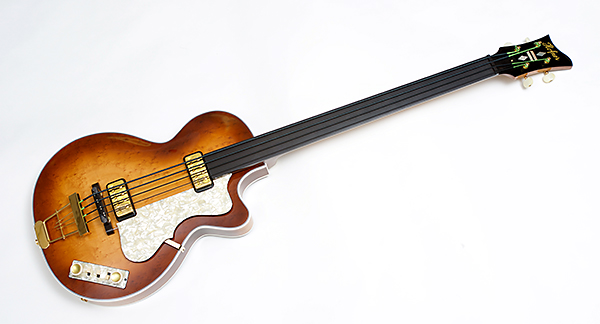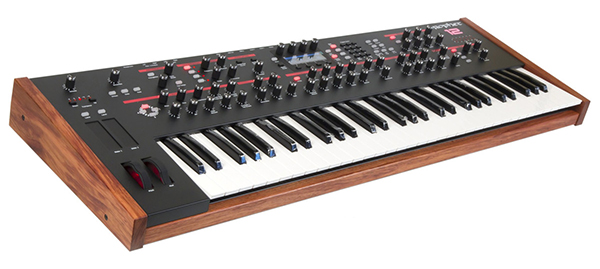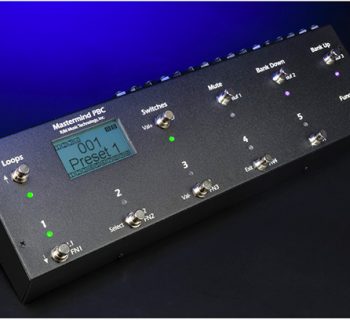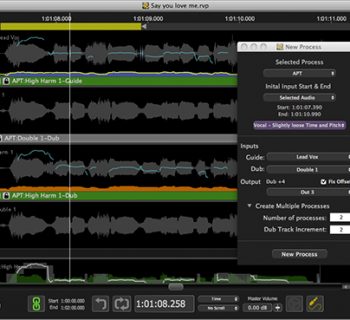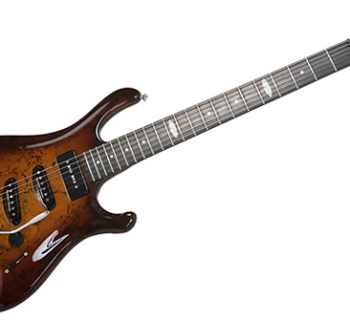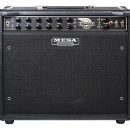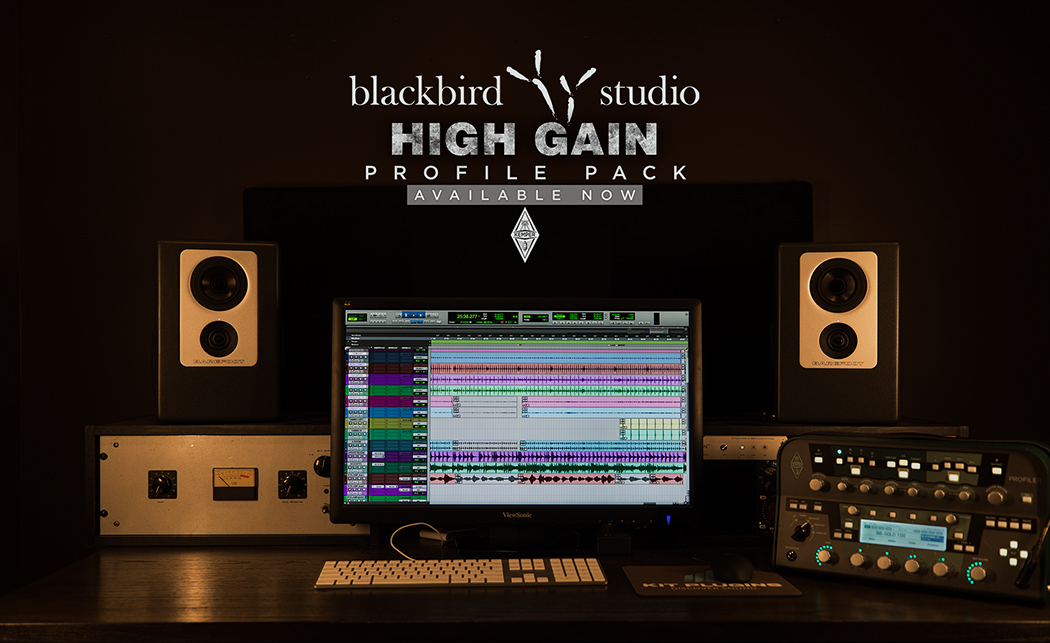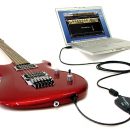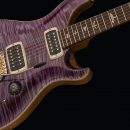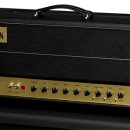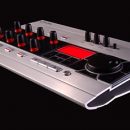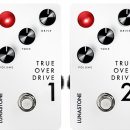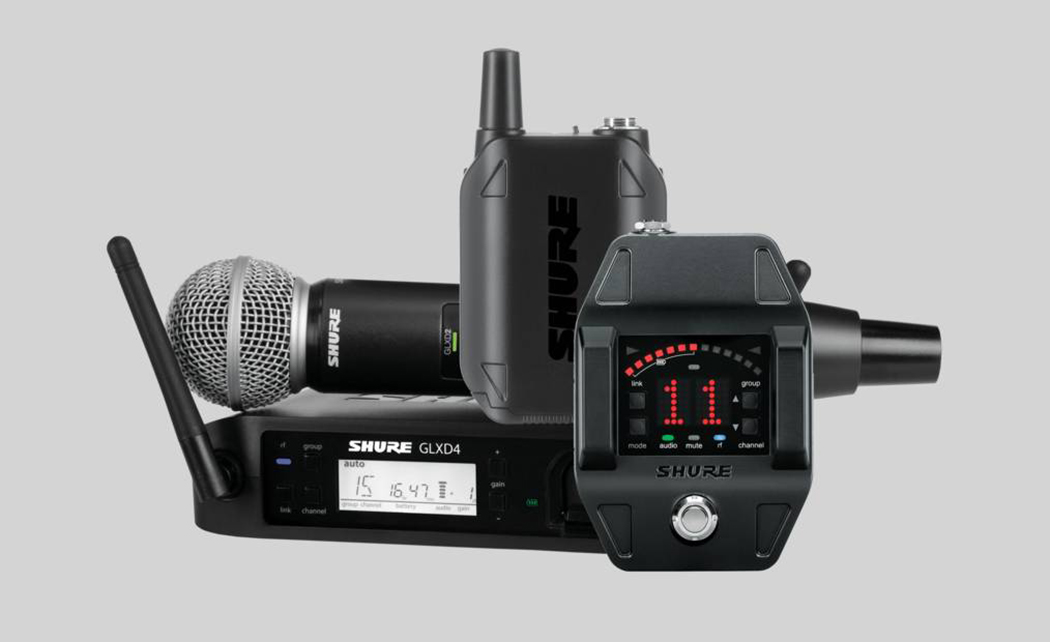 February 9, 2014 was the official 50th anniversary of The Beatles first performance in America on The Ed Sullivan Show. With 73 million viewers, there is no doubt regarding their impact on the world of music and culture as we know it, from their classic songs to their iconic images. Also as a result, a few generations of self respecting music fans who spy a particular bass guitar in the shape of a violin can’t help themselves but chime in with that know-it-all comment, “Hey look! It’s the Paul McCartney bass!” Although the bass under painless scrutiny here is a close cousin of the famed “Beatle Bass,” the Hofner 500/2 Club Bass Guitar has a life and personality all its own that players would do well to explore and embrace, even if they’re not interested in playing classic cover tunes.
February 9, 2014 was the official 50th anniversary of The Beatles first performance in America on The Ed Sullivan Show. With 73 million viewers, there is no doubt regarding their impact on the world of music and culture as we know it, from their classic songs to their iconic images. Also as a result, a few generations of self respecting music fans who spy a particular bass guitar in the shape of a violin can’t help themselves but chime in with that know-it-all comment, “Hey look! It’s the Paul McCartney bass!” Although the bass under painless scrutiny here is a close cousin of the famed “Beatle Bass,” the Hofner 500/2 Club Bass Guitar has a life and personality all its own that players would do well to explore and embrace, even if they’re not interested in playing classic cover tunes.
Our Hofner 500/2 Club Bass is a custom fretless version with some options that make this particular bass very unique, but we spent considerable time delving into the fine details of this model in general that define its voice and give it more dimensions than you might be aware of. For those of you who think you “know” the Hofner bass as we did before owning one, you might be tempted to draw a premature conclusion. But read on! You just might develop a new fascination and appreciation.
The Hofner 500/2 Club Bass is a vintage vibe hollow body bass guitar handmade in Germany with fine craftsmanship and detail. We think of these basses as “classical stringed instruments designed in an electric bass form” which shouldn’t come as a surprise since Hofner has been making violins since 1887 (and this model was first released in 1965). The Club body design makes it a more comfortable bass to play in seated position—as opposed to its 1956 predecessor, the violin-style “Beatle bass,” and its larger sound chamber gives it a more resonant tone. If you are looking for that familiar “Hofner bass” look and sound, the Club Bass puts it right there at your fingertips with its full visual and sonic glory. Dig deeper into the Club Bass and you will find an instrument that can sit nicely in any classic rock tune, ballad, blues jam, jazz trio, etc. We have personally dubbed this Club Bass the “hip-hop/R&B/funk/soul secret weapon.”
Obviously, the Club Bass might not be for every player or every musical situation, and we certainly wouldn’t suggest using one of these basses for extreme metal, but then again… you never know! For an impeccable instrument with vintage class, these handmade instruments will cost you in the mid $2,000-$3,000 range. If you get the chance to experience these basses up close, however, you will experience why the cost isn’t unreasonable.
Features
 The Hofner 500/2 Club Bass is a four-string hollow body instrument with set neck construction. The neck is a single piece of highly figured, flamed maple, capped with a black ebony, fretless, unlined fingerboard. There are subtle side dots and side fret markers to give the player a hint of a reference for those insecure fretless intonation moments, but they do not take away from the full frontal aesthetics. To keep with the tradition, the Club is a short scale bass at 30” with 22 frets.
The Hofner 500/2 Club Bass is a four-string hollow body instrument with set neck construction. The neck is a single piece of highly figured, flamed maple, capped with a black ebony, fretless, unlined fingerboard. There are subtle side dots and side fret markers to give the player a hint of a reference for those insecure fretless intonation moments, but they do not take away from the full frontal aesthetics. To keep with the tradition, the Club is a short scale bass at 30” with 22 frets.
Our headstock came with an extra special touch—a unique diamond and trapezoidal mother of pearl inlay. Per our request, the bass arrived with Pyramid black, tape-wound strings (for those who have never experienced these, they are just like flatwounds, but instead of flat metal wire as the final wind, they are wrapped with a smooth, flat black nylon tape). The neck is set into the body at the 16th fret position with a white heel cap matching the white/black/white body binding.
The body of the Club bass has an archtop design that is 100% hollow, with no center block. The most stunning feature of this bass is the body wood: the top, back and sides are made entirely of birds-eye maple with a deep, golden brown, sunburst, glossy finish. The ebony bridge is easily height adjustable and the saddles can be moved to adjust for intonation and string spacing. All of the hardware on this bass is gold including the individual tuning machines, bridge, and the neck’s traditional, staple-type, Hofner pickups and trapeze tailpiece, giving this package an extremely elegant look.
The electronics are the same as found on traditional Hofner basses which are all passive, with separate gold-capped volume knobs for each pickup, On/Off switches for each pickup, and a rhythm/solo switch that acts as a volume cut. A white pearloid, floating pickguard and control plate top off this masterpiece.
 The pickups are traditional Hofner “staple” style humbuckers. The neck pickup is placed right at the edge of the fingerboard while the second pickup is placed as far back as possible toward the bridge.
The pickups are traditional Hofner “staple” style humbuckers. The neck pickup is placed right at the edge of the fingerboard while the second pickup is placed as far back as possible toward the bridge.
The Hofner passive bass circuit hasn’t changed much since its early days. The controls have two volume potentiometers. The knob towards the headstock of the bass controls the neck pickup or “bass” pickup. The knob towards the bottom of the bass controls the bridge pickup or “treble” pickup. There are three slide switches on the control panel. While they might not be intuitive based on what we have gotten used to from more modern basses, Hofner has kept the controls consistent with their vintage design. The first switch is labeled “rhythm/solo” which, in the rhythm position, adds a resistor to the output to reduce the output. In solo mode, the resistor is switched out of the circuit so that it can be used to give the output a boost. The other two switches are labeled “bass on” and “treble on.” The “bass on” switch actually turns the bridge pickup off and adds a bass boost. The “treble on” switch turns the neck pickup off and adds a treble boost.
Usability
The Hofner Club Bass was delivered in a sturdy, form-fitting, metal, hard-shell case that kept it nice and snug on its voyage across the globe from Germany. Although we are quite familiar with Hofner basses, we were still overwhelmed by the “wow” factor upon opening the case, and we were hopeful that the bass would play and sound as amazing as it looked.
Our first sensation taking the bass out of the case was just how feather light the bass was! When sitting with the bass without a strap, even though it has a larger body than the violin bass, it is still relatively small. Due to the nature of its construction—solid neck, hollow body—there was obviously going to be a bit of neck dive. However, the minimal weight of the entire bass kept this bearable. With an appropriately adjusted strap, any concern about neck dive disappeared and we came to really appreciate the almost gravity-defying instrument, and how angry it must make chiropractors worldwide.
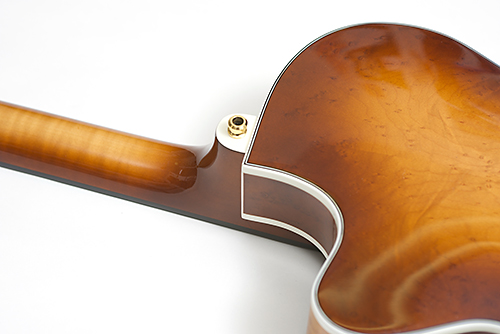 After playing the bass for a little bit and salivating over the sounds we were hearing, we performed a few slight adjustments to the instrument’s setup—completely expected given the climate change and overseas shipping. We got the action very easily to the prescribed 2-3mm at the 12th fret with a slight, uneventful tweak of the truss rod and a simple bridge height adjustment. The playability was perfect throughout the range of the neck and the responsiveness of the strings on the fingerboard was excellent.
After playing the bass for a little bit and salivating over the sounds we were hearing, we performed a few slight adjustments to the instrument’s setup—completely expected given the climate change and overseas shipping. We got the action very easily to the prescribed 2-3mm at the 12th fret with a slight, uneventful tweak of the truss rod and a simple bridge height adjustment. The playability was perfect throughout the range of the neck and the responsiveness of the strings on the fingerboard was excellent.
The neck on the Club bass is very comfortable. While not overly thick, it is reminiscent of the neck of an upright bass, but proportioned for a short scale bass.
Sound
When we played the bass unplugged we couldn’t help but feel the deep resonance in the body of the bass. Not sustain, but resonance. There is a big difference. We’re talking about the vibration of the instrument lasting while the string is plucked and vibrating with a short decay after the string stops. The beauty of the Hofner sound is the initial defined attack of the string being plucked followed by this resonance. This is what acoustically gives the Club bass its inherent quality that enables the player to both hear the note and feel the note. The advantage the Club bass has over the Violin bass is the larger chamber, which significantly adds to this resonance. Having previously played the fretted version of the Club bass, the fretless version actually adds a little more sustain and dimension to the notes, with the overtones emanating from the string interaction with the fingerboard. When playing a Club bass, the musician has to understand that the principle sound of these basses is more akin to an upright bass than that of the solidbody electric bass. It is then the job of the pickups to translate this sound to recorded or amplified output.
At first, it seemed almost unnatural to plug the Hofner Club bass into a direct box… so we didn’t. We plugged it right into a tube preamp! To be specific, we plugged it into the Tech 21 Formula 21 all-tube bass preamp. The bass itself has no variable tone controls on it, and when playing through the preamp, we kept the tone controls flat with minimal gain to capture as clean of a sound as possible.
When we finger plucked over the neck pickup, we achieved the most “upright-like” tone you could probably ever get from a short scale electric bass, and the fretless fingerboard made it ever more convincing. As we shifted our plucking toward the bridge the sound became round and fat, with plenty of evidence of the initial string attack.
We then switched to the bridge pickup alone. This gave us a more defined attack (as we would have expected) with a thinner tonality, but still with plenty of girth to round out the sound. As we plucked further toward the neck, the sound rounded out even more.
The combination of the two pickups is where the magic happens. The sound just gets rounder and the definition becomes more musical and less obtrusive. Of course, we had to run the bass through its paces a la Paul McCartney using a pick and, of course, our trip through the Beatles catalog went on and on, from the sweet singing upper octave lines of “Dear Prudence” to the bass thunk of “Hey Bulldog.”
We loved playing hip-hop/funk/soul on the Club bass. With a bit of compression and a slightly mid-scooped EQ setting, the Club bass delivers some sticky grooves with a lot of natural bottom end. With bottom end tone so well defined by the instrument, you rely less on EQ processing and maintain most of the natural instrument sound.
At all settings, the Hofner Club bass had no noticeable audio noise. For our audio demos, we went through some of the settings to give you a general idea of the sound of this bass, so you can make a comparison for yourself. Samples 1, 2 and 3 are virtually the same bass line that showcase the bass pickup only, treble pickup only and both pickups together. Sample 4 is an example of what we might use for a hip hop/R&B track. (We chose a subtle percussion beat so it wouldn’t add any bass to the track). All of these were recorded directly into an UA Apollo audio interface with no outboard gear. The only manipulated track was track 4, with slight compression and EQ.
The tape-wound strings bring the tone closer to an upright bass sound (which is the desired effect for this bass), and contrary to some individual tastes and expectations, the tape wounds minimize slightly the electric fretless bass swell effect.
Bottom line: The Hofner Club bass is any sound engineer’s dream with its strong fundamental, definition, and tone. As players, we’re rather fond of it, too.
Documentation and Product Support
The Hofner Club bass came with a nice, color information booklet that provides information on the instrument controls, design and construction, care and maintenance, and a nice synopsis of the Hofner company history.
The Hofner Club bass comes with a two year limited warrantee on material defects and workmanship unrelated to wear and tear.
Price
Stock configurations of the Hofner Club bass guitar made in Germany sell for between $2,500-$3,200, while customized instruments (like our birds-eye maple and custom inlays) can set you back as much as $4,000.
The price may sound high for a specialized electric bass, but keep in mind that these are handmade instruments featuring impeccable craftsmanship, produced in small quantities, with a design that has clearly stood the test of time.
If you’d like to get a taste of Hofner goodness, you do have a few other options. The CT/Contemporary line, made in Asia but featuring the same German pickups, sells for under $1,000, and the entry-level Ignition series with all-Asian components is under $400.
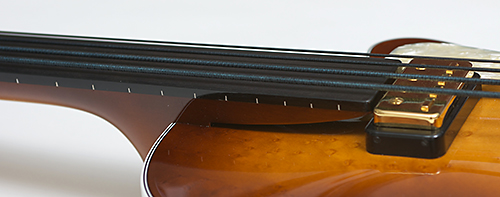
Contact Information
Overall Rating - Product Summary

